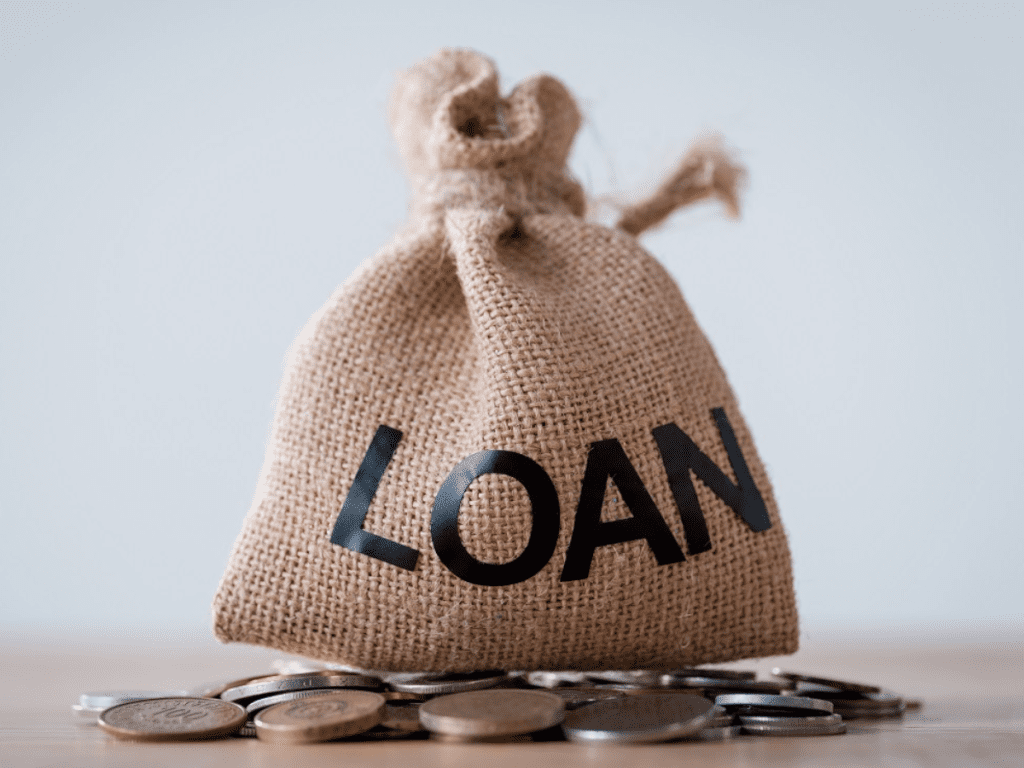Introduction
Buying a home is often one of the most significant financial commitments you’ll ever make. While the focus tends to be on the down payment and monthly mortgage payments, many homeowners are surprised by the hidden costs of home loans. These unexpected expenses can add up quickly, affecting your budget and overall financial planning. Understanding these costs is crucial for making an informed decision and avoiding financial strain. This guide will delve into the hidden costs of home loans and provide tips to help you navigate them effectively.
Understanding the Basics of Home Loans
Before exploring the hidden costs, it’s essential to understand the components of a home loan. A typical home loan includes:
- Principal: The original loan amount borrowed from the lender.
- Interest: The cost of borrowing the principal, calculated as a percentage of the loan amount.
- Taxes and Insurance: Often included in your monthly payment, covering property taxes and homeowners insurance.
- Loan Term: The length of time you have to repay the loan, typically 15, 20, or 30 years.
While these components are straightforward, numerous other expenses can catch homeowners off guard.
Common Hidden Costs of Home Loans
1. Closing Costs
Closing costs are fees associated with finalizing the home loan. They typically range from 2% to 6% of the home’s purchase price and include:
- Origination Fees: Charged by the lender for processing the loan application.
- Appraisal Fees: Covers the cost of determining the home’s market value.
- Title Insurance and Title Search Fees: Protects against disputes over property ownership.
- Attorney Fees: Legal costs for reviewing and preparing documents.
- Prepaid Interest: Covers the interest accrued between the loan closing date and the first payment date.
- Escrow Fees: Paid to third parties who manage the transfer of funds and documents.
These fees can add thousands of dollars to your upfront costs, making it essential to plan accordingly.
2. Private Mortgage Insurance (PMI)
If your down payment is less than 20% of the home’s purchase price, most lenders require PMI. This insurance protects the lender in case you default on the loan. PMI costs typically range from 0.5% to 1% of the loan amount annually and are added to your monthly mortgage payment. While you can cancel PMI once you reach 20% equity in your home, it’s an expense many buyers overlook initially.
3. Property Taxes
Property taxes are ongoing costs based on the assessed value of your home. These taxes vary by location and are often included in your monthly mortgage payment through an escrow account. However, property tax rates can change over time, especially if your home’s value increases, leading to higher monthly payments.
4. Homeowners Insurance
Homeowners insurance is mandatory for securing a home loan, covering damages to your property and liability for accidents. Premiums depend on factors like location, home value, and coverage levels. Additional coverage for floods, earthquakes, or other natural disasters may be required in certain areas, increasing your insurance costs.
5. Maintenance and Repairs
Owning a home comes with ongoing maintenance and repair costs, which are not included in your mortgage. These expenses can range from routine tasks like lawn care and HVAC servicing to unexpected repairs like a leaky roof or broken appliances. Homeowners should budget 1% to 3% of the home’s value annually for maintenance.
6. HOA Fees
If your home is in a community governed by a homeowners association (HOA), you’ll need to pay monthly or annual HOA fees. These fees cover communal amenities like pools, gyms, and landscaping, as well as maintenance of shared spaces. HOA fees vary widely and can significantly impact your monthly budget.
7. Loan Servicing Fees
Some lenders charge fees for managing your loan account, known as loan servicing fees. These are often included in your monthly payments and can add up over the life of the loan.
8. Prepayment Penalties
While not as common today, some loans include prepayment penalties for paying off your mortgage early. These penalties can apply if you refinance, sell your home, or make large additional payments to reduce your loan balance.
9. Mortgage Points
Mortgage points are optional fees paid upfront to lower your interest rate. While they can save you money in the long term, the initial cost can be significant. One point equals 1% of your loan amount.
10. Moving Costs
While not directly tied to the loan, moving costs can be substantial. These include hiring movers, renting a truck, and setting up utilities in your new home. These costs can easily run into thousands of dollars, depending on the distance and complexity of the move.
Strategies to Manage Hidden Costs
- Budget Wisely
- Create a detailed budget that includes all potential costs, from closing fees to ongoing maintenance. Factor in unexpected expenses by setting aside a contingency fund.
- Shop Around for Lenders
- Compare offers from multiple lenders to find competitive rates and lower fees. Don’t hesitate to negotiate terms or ask about fee waivers.
- Understand Loan Terms
- Read the loan agreement thoroughly and ask questions about any fees or charges you don’t understand. Ensure you’re aware of prepayment penalties or other conditions.
- Increase Your Down Payment
- Making a larger down payment can help you avoid PMI and reduce your overall loan amount, saving you money in the long term.
- Consider Closing Cost Assistance
- Some lenders or government programs offer assistance with closing costs. Research options available in your area to reduce your upfront expenses.
- Choose the Right Homeowners Insurance
- Shop around for insurance policies to find the best coverage at the lowest price. Bundle insurance policies if possible to save money.
- Plan for Maintenance
- Conduct a home inspection before purchasing to identify potential repair costs. Set aside funds for routine maintenance and unexpected repairs.
- Evaluate HOA Costs
- Review HOA rules and fees before buying a home. Ensure the amenities and services provided are worth the expense.
Avoiding Common Pitfalls
- Ignoring the Fine Print
- Hidden costs are often detailed in the loan agreement. Failing to review the terms thoroughly can lead to unpleasant surprises.
- Underestimating Future Expenses
- Many homeowners focus solely on the initial costs, overlooking long-term expenses like property tax increases or major repairs.
- Rushing the Process
- Take your time to compare lenders, understand fees, and prepare your finances. Rushing the process can lead to costly mistakes.
- Overextending Your Budget
- Avoid taking on a loan that stretches your finances too thin. Factor in all costs to ensure you can comfortably afford your home.
Conclusion
Homeownership is a rewarding journey, but it’s crucial to understand the hidden costs associated with home loans. From closing fees to ongoing maintenance, these expenses can add up quickly and impact your financial stability. By educating yourself, budgeting wisely, and carefully selecting your loan and property, you can minimize surprises and enjoy the benefits of owning a home. Always take the time to consult with financial advisors or real estate professionals to ensure you make informed decisions and secure a loan that aligns with your long-term goals.

